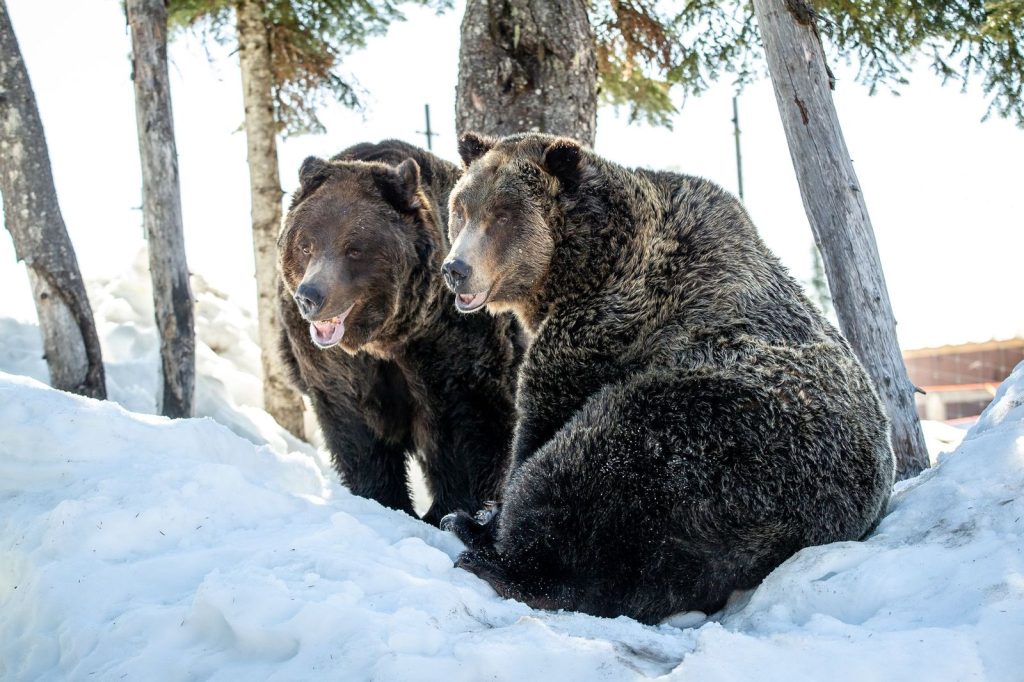Emerging YouTubers feel the sting of sudden changes to money-making channels
Posted January 22, 2018 9:28 am.
Last Updated January 22, 2018 5:40 pm.
This article is more than 5 years old.
TORONTO – Ray Reynolds has attracted over 200,000 views to his travel adventures on YouTube, but last week he learned his Canadian video channel just wasn’t popular enough.
In a brief email sent by Google, the Vancouver-based creator of “Vacation: Impossible” was bluntly informed he would soon lose status as a monetized channel, effectively stripping his ability to earn money off his videos. YouTube was pushing smaller channels out of its monetization program, the email said, but if he worked harder to draw in viewers maybe he would get back into the exclusive club.
“I’ve never been in it for the money,” Reynolds said of making his videos.
“(But) I felt like something I had earned was being taken away and somehow that made me want to hold on to it all the more.”
It’s a sentiment some Canadian creators have expressed over the past week as news spread that many were being kicked from YouTube’s Partner Program. Some wondered if having a uniquely Canadian bent to their videos would only make it more difficult to meet YouTube’s new standards.
Reynolds had just reached YouTube’s existing monetization threshold a few months ago after bringing in more than 10,000 total views on his videos. The monetization program now requires creators to reach 4,000 hours of watch time in a 12-month period and attract more than 1,000 subscribers.
The changes come several weeks after celebrity vlogger Logan Paul came under global scrutiny for uploading a video that appeared to show the corpse of a suicide victim in Japan. Many deemed the clip tasteless and questioned whether YouTube was taking sufficient measures to vet its own content. Already the company had seen advertisers leave the platform in the wake of complaints about YouTube hosting hate speech videos and adult-oriented cartoons that appeared to be promoted directly to children.
YouTube says its new changes will help “better protect” its most valued contributors by preventing “bad actors from harming the inspiring and original creators” on the platform, which could lead to a further exodus of advertisers.
Some Canadian creators say they understand YouTube’s perspective, but suggest the company hasn’t considered the problems of holding them to the same standard as U.S. channels.
“We’re right next door to this giant audience that’s 10 times our size,” said Reynolds, who has about a third of the fans YouTube requires.
Before the changes, makeup artist Jennie Chiong was comfortable being one of the less popular YouTubers. Under the old rules, her channel Kiss.Jennie was still making a couple of hundred dollars a year, which she says was enough money to sustain producing tutorials.
Some of her videos focused on Canadian cosmetics, which draw a smaller audience than larger brands, but Chiong said it didn’t really matter until now.
Even with her clip “Things You Don’t Say to Your Hairstylist” pulling in more than 52,000 views, Chiong falls short of YouTube’s new bar on subscribers.
“It’s hard to get your name out there,” she said.
“(The money I made) was going towards the channel. I was upgrading equipment, buying more makeup, whatever I needed to do.”
Chiong thinks she’ll need to invest in makeup products for contest giveaways to motivate viewers to click her subscribe button.
Kat Burns, a Toronto-based musician who performs as Kashka, didn’t invest much into her YouTube channel, but considered it a reliable avenue for some extra cash. Her payments were never very big, but she said a couple of hundred dollars a year still helped buy groceries.
“As someone who’s self-employed, every stream of income I have is an important one,” she said.
“They’re side-swiping people who have smaller — but maybe engaged — audiences.”
Jay David, creator of the Gaming Jay channel, is divided over the company’s latest decision, which would also eliminate him from the partner program. He says the graveyard of rival video content hosts who buckled under financial pressures is vast. Companies like Revver and Blip shuttered in recent years, while Vidme closed only last month.
“If the only other alternative is YouTube having advertiser problems,” he said, “I’d rather have this happen.”
In a statement, YouTube said 90 per cent of the views on Canadian channels come from outside the country. But some still worry the ripple effects of YouTube’s new rules could have lasting effects.
Michael Rizzi, a popular Toronto-based LGBTQ vlogger, wonders if the company might unintentionally discourage the next generation of young creators. He said during his early days on the platform — well before getting 1,000 subscribers — he still found inspiration in driving his revenue higher.
“Just seeing $10 a month was very motivating,” he said. “If there’s no incentive for (new YouTubers) to start … down the line it could really hurt the platform.”
Paul Luttor, the Toronto-based producer behind movie-review channel Bull Session, plans to reluctantly stick with YouTube. He hopes the company reconsiders its latest changes, which bumped him out of the program, though he only expects YouTube to further push out smaller creators in the future.
He said YouTube’s rejection letter sent a clear message to the little guys who helped build the platform during its infancy.
“It’s just incredibly demoralizaing,” he said. “They’re taking the ‘You’ out of ‘YouTube.'”
Follow @dfriend on Twitter.










